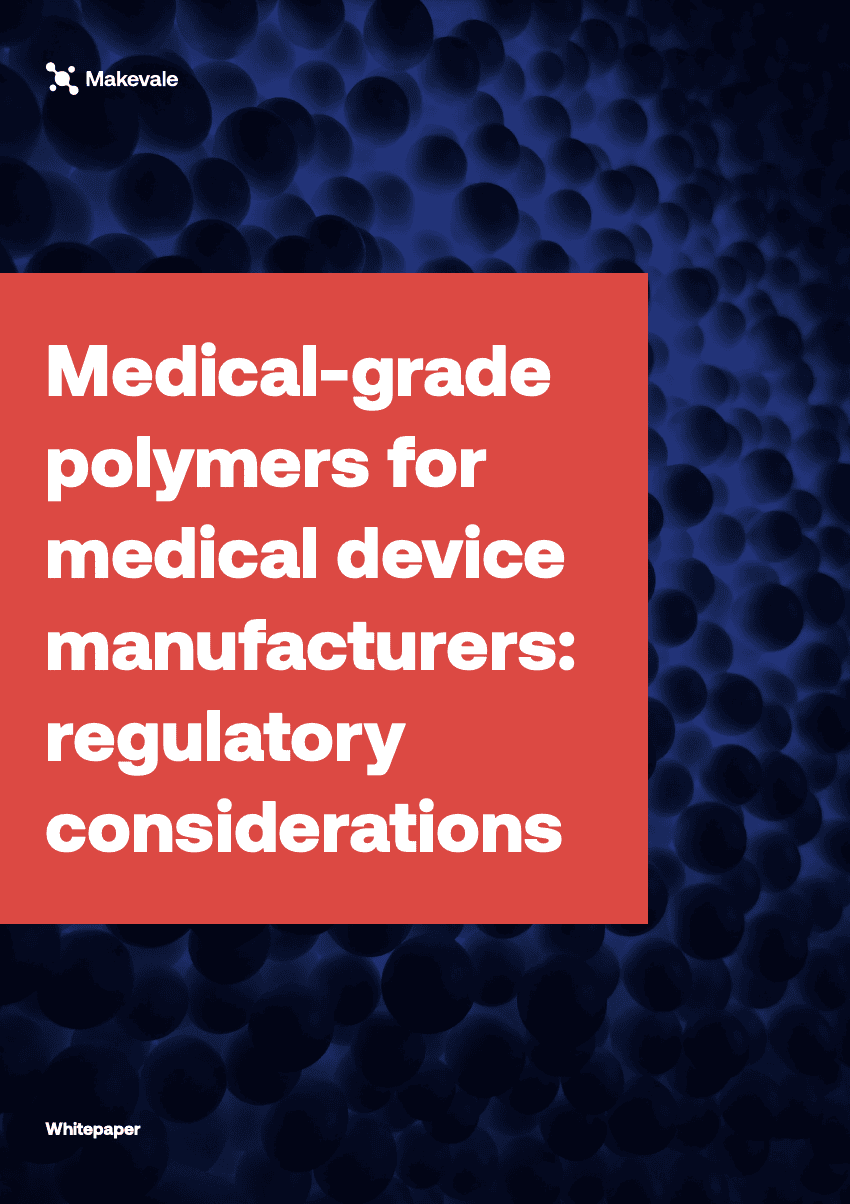
Quality control is the backbone of all manufacturing businesses, driving consistency, compliance and high standards. But this key function is a balancing act, relying on teams to set accurate benchmarks and employ reliable testing procedures. When working with polymers, this involves a detailed knowledge of each raw material, the interactions of each compound within a formulation and the performance characteristics of the end product. So, how do you ensure that quality control is embedded in all manufacturing processes and that you’re testing for the attributes that matter?
Back to basics: monomer quality
When quality control is working well, it reduces waste, protects the bottom line and ensures repeat business from satisfied customers. Although processes are often focused on the end product, quality control should start further back, beyond the acrylic components, in the raw materials.
Many polymers, such as poly(methyl methacrylate) (PMMA), are created from organic monomers, such as methyl methacrylate (MMA). Second only to the coatings and paints industry, we are one of the largest UK buyers of MMA. Our quality control, and that of our clients, starts here. Sourcing high-quality MMA comes with a rigorous document control procedure, with new purveyors subject to stringent tests before they become a critical supplier. A certificate of analysis (COA) is not evidence enough and each batch of MMA is subject to thorough internal testing to independently prove high standards. This testing excludes any potentially contaminated stock, guaranteeing only first-rate raw materials that behave as expected during polymerisation.
Quality by design

Quality control not only starts in the raw materials, it is shaped at the beginning of the product development journey too. Whether you are developing dental prostheses or coatings for turbines, the polymer you choose will need to have certain characteristics to perform particular functions. These characteristics are designed into the polymer chemistry and the quality control measures must test for these traits. Working with our clients, we not only design polymers and acrylic ingredients, but we also design the procedures to check their performance at every stage of the client’s manufacturing process.
Certain characteristics, such as particle size distribution, residual initiator content, molecular weight and solution viscosity are commonly specified, controlled and tested before a polymer leaves our factory. Industry-specific characteristics, such as colour stability and pour or setting time are also included for certain applications. These specifications can sometimes be fluid, flexing to meet the changing requirements of the end customer, product development or new regulatory standards, but they are always agreed upfront and accompanied with a detailed checking procedure. For complete traceability, samples are retained with batch IDs should a polymer ever need to be analysed in the future.
Bridging the gap
Specifications and quality control procedures help to bridge the gap between the expectations of different teams. If polymers fulfil the exact science proposed by the chemist but require too demanding a manufacturing process, then the cost of the end product will increase. If manufacturing is fast and efficient but the end product is discoloured or inconsistent, then the customer might look elsewhere. When we design new products we work across teams, engaging all stakeholders from the commercial, product development and operational areas to ensure that the polymer we’re creating will meet the quality standards at each stage and for each team. This often requires compromise and open and honest discussion.
The process also works in reverse. We often work with new clients who are experiencing quality control issues, analysing end products to discover where manufacturing processes need to change and where quality control procedures need to be tightened. Whether it’s the polymer structure, inhibitor dosing issues or heating or cooling errors, there are signs within the end product that indicate specific problems.
Checking for impurities

A new client recently came to us experiencing viscosity issues with a casting wax created for the Precision Investment Casting industry. Cross linked polystyrene (XLPS) is the key component in regulating wax viscosity and although the XLPS supplier maintained that there were no quality issues and the product was within specification, the end wax product would not perform to the required standards. We suspected an issue with impurities on the XLPS bead surface and, using scanning electron microscope (SEM) imagery, we proved the theory. Working with the client’s product development team, we created new beads with no impurities and a quality control procedure that would ensure the correct viscosity within tighter parameters.
Makevale has more than 40 years of experience in developing high-performance polymers across multiple industries, working with clients to create the perfect formulas to meet their manufacturing challenges. For further information, contact our team for free, no-obligation advice.
